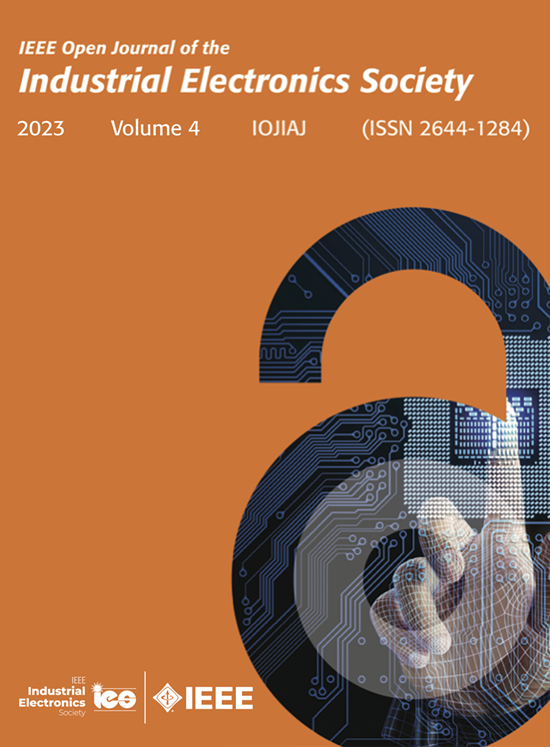Minimizing Interference in Robotic Rehabilitation via Asymmetric Stiffness Force Fields
IF 4.3
Q1 ENGINEERING, ELECTRICAL & ELECTRONIC
IEEE Open Journal of the Industrial Electronics Society
Pub Date : 2025-03-16
DOI:10.1109/OJIES.2025.3570789
引用次数: 0
Abstract
This article introduces a novel approach for guiding human arm movement in the context of robotic rehabilitation. We propose upper limb movement guidance using a force field based on an asymmetric stiffness matrix. By introducing asymmetry in stiffness design, the proposed force field can deflect arm movement toward the target direction of a reaching movement while minimizing impeding effects. We hypothesize that this method can guide a human in the desired direction without interfering with their voluntary movement. To evaluate the performance of the human arm guidance technique, we conducted upper limb reaching experiments using a 2-degree-of-freedom robot arm with ten healthy volunteers. The experimental results revealed that the proposed approach demonstrated a similar reduction in movement error compared to the conventional stiffness approach. Moreover, participants exhibited higher movement activeness, and robotic interference with human movement was lower. The proposed approach may improve movement guidance based on stiffness control by enabling the robot to guide without inhibiting voluntary movement.基于非对称刚度力场的机器人康复干扰最小化
本文介绍了一种在机器人康复中指导人类手臂运动的新方法。我们提出使用基于非对称刚度矩阵的力场来指导上肢运动。通过在刚度设计中引入不对称性,所提出的力场可以使手臂运动偏向于到达运动的目标方向,同时最小化阻碍效应。我们假设这种方法可以在不干扰人类自主运动的情况下引导人类朝期望的方向前进。为了评估人体手臂引导技术的性能,我们与10名健康志愿者一起进行了2自由度机械臂上肢到达实验。实验结果表明,与传统的刚度方法相比,所提出的方法显示出相似的运动误差减少。此外,参与者表现出更高的运动活跃度,机器人对人类运动的干扰更低。所提出的方法可以通过使机器人在不抑制自主运动的情况下进行引导,从而改进基于刚度控制的运动引导。
本文章由计算机程序翻译,如有差异,请以英文原文为准。
求助全文
约1分钟内获得全文
求助全文
来源期刊

IEEE Open Journal of the Industrial Electronics Society
ENGINEERING, ELECTRICAL & ELECTRONIC-
CiteScore
10.80
自引率
2.40%
发文量
33
审稿时长
12 weeks
期刊介绍:
The IEEE Open Journal of the Industrial Electronics Society is dedicated to advancing information-intensive, knowledge-based automation, and digitalization, aiming to enhance various industrial and infrastructural ecosystems including energy, mobility, health, and home/building infrastructure. Encompassing a range of techniques leveraging data and information acquisition, analysis, manipulation, and distribution, the journal strives to achieve greater flexibility, efficiency, effectiveness, reliability, and security within digitalized and networked environments.
Our scope provides a platform for discourse and dissemination of the latest developments in numerous research and innovation areas. These include electrical components and systems, smart grids, industrial cyber-physical systems, motion control, robotics and mechatronics, sensors and actuators, factory and building communication and automation, industrial digitalization, flexible and reconfigurable manufacturing, assistant systems, industrial applications of artificial intelligence and data science, as well as the implementation of machine learning, artificial neural networks, and fuzzy logic. Additionally, we explore human factors in digitalized and networked ecosystems. Join us in exploring and shaping the future of industrial electronics and digitalization.
 求助内容:
求助内容: 应助结果提醒方式:
应助结果提醒方式:


